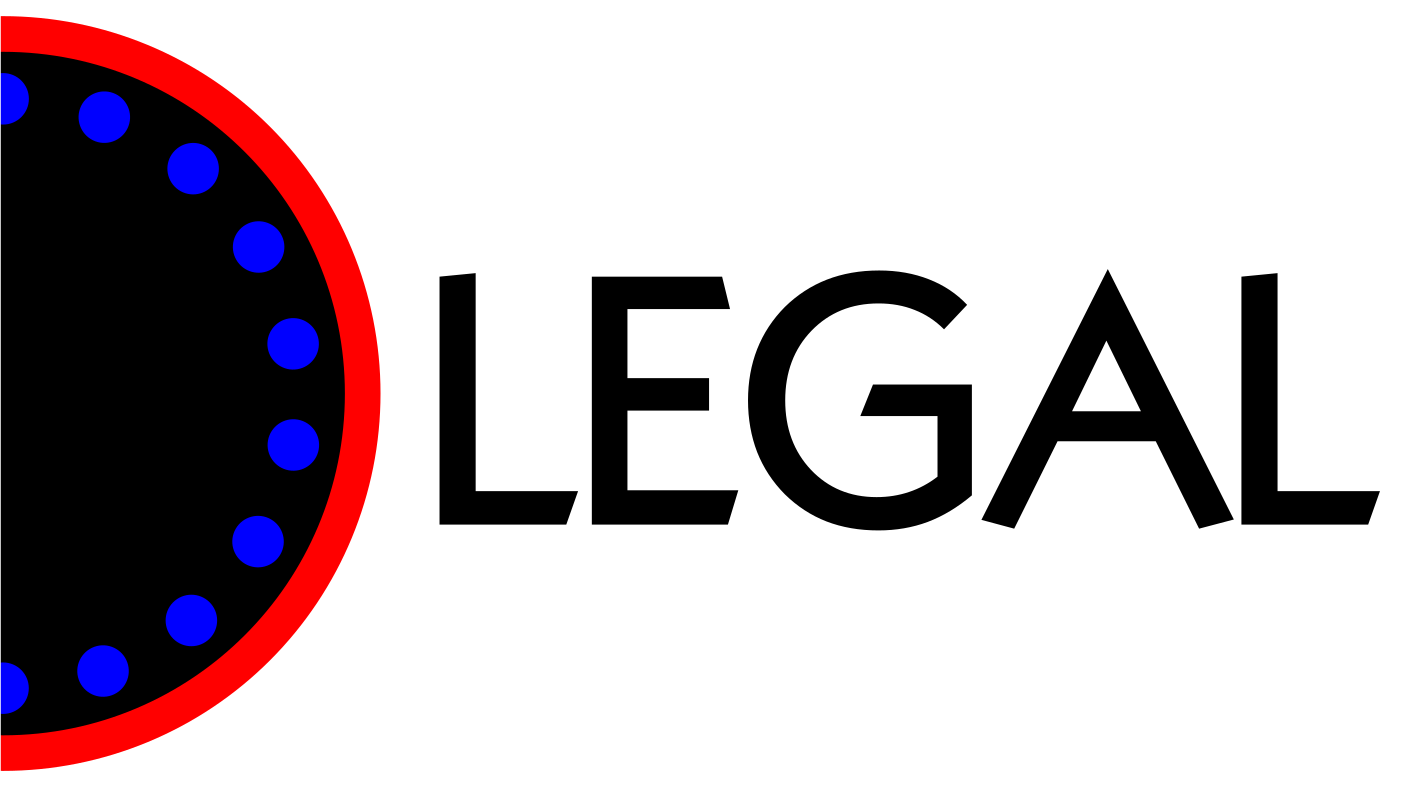This page contains the details for commissioning luminescence dating and sensitivity analyses at the Luminescence and Gamma Spectrometry Laboratory, Institute of Geosciences at University of Sāo Paulo, Brazil.
Comissioning: MultiSed (info on analysis and price quotation)
Before commissioning analyses, contact the laboratory to consult on the suitability of the applied methodology to your needs and to pre-schedule the period of analyses. Ideally, contact the laboratory prior to sample collection to inform site location and type of sediment, and to consult on sampling and luminescence analysis strategy.
When results produced at LEGAL are being published, proper acknowledgment must be included in the “Materials and Methods” section of the publication.
Sample collection:
Sampling for luminescence dating must be in accordance to the following procedure: OSL Sampling Protocol
Registration for dosimeter:
All users must have their own dosimeter while attending our facilities. The dosimeters must be requested in advance, and it is necessary to have a brazilian CPF number for the registration. Foreigners can also obtain a CPF number (click here). Once you are scheduled to use the lab, send the copy of your CPF to legal@usp.br
User registration:
Fill out the registration form for each batch of samples: Sample Registration Form
Sample preparation protocols:
OSL dating is routinely performed on quartz or feldspar grains in sand (63 – 250 µm) or fine silt fraction (entre 4 e 11 µm). The following tables 1 and 2 describe the procedures for the concentration of quartz and feldspar grains in sand and fine silt fraction:
Table 1. Steps for sample preparation of quartz or feldspar in fine to very fine sand fraction.
| 1 | Opening of samples under subdued orange/red light. Discard portions that were exposed to the light during field sampling. * |
| 2 | Wet sieving of 180 – 250 µm (or 63 – 125 µm or 125-180 µm) fraction |
| 3 | H2O2 treatment |
| 4 | 10% HCl treatment |
| 5 | Drying for ~24h |
| 6 | Mineral separation with LMT liquid (click here to see mineral separation protocol) |
| 7 | 40% HF (quartz) or 10% HF (feldspar) treatment |
| 8 | 10% HCl treatment (optional) |
| 9 | Dry sieving |
Table 2. Steps for sample preparation of polymineral silt fraction.
| 1 | Opening of samples under subdued orange/red light. Discard portions that were exposed to the light during field sampling. * |
| 2 | Wet sieving of < 63 µm fraction |
| 3 | Settling for separation of 4 – 11 µm fraction (click here to see silt preparation protocol) |
| 4 | H2O2 treatment |
| 5 | 10% HCl treatment |
| 6 | Storage of the silt fraction in acetone solution |
Radioprotection manual (portuguese): CNEN RadioProtection Handout
Software for data processing:
Analyst and Risø TL/OSL Softwares: click here
Superplanilha latest version (2022.6.15 – June 2022): click here
R Luminescence package: click here
LDAC: click here
